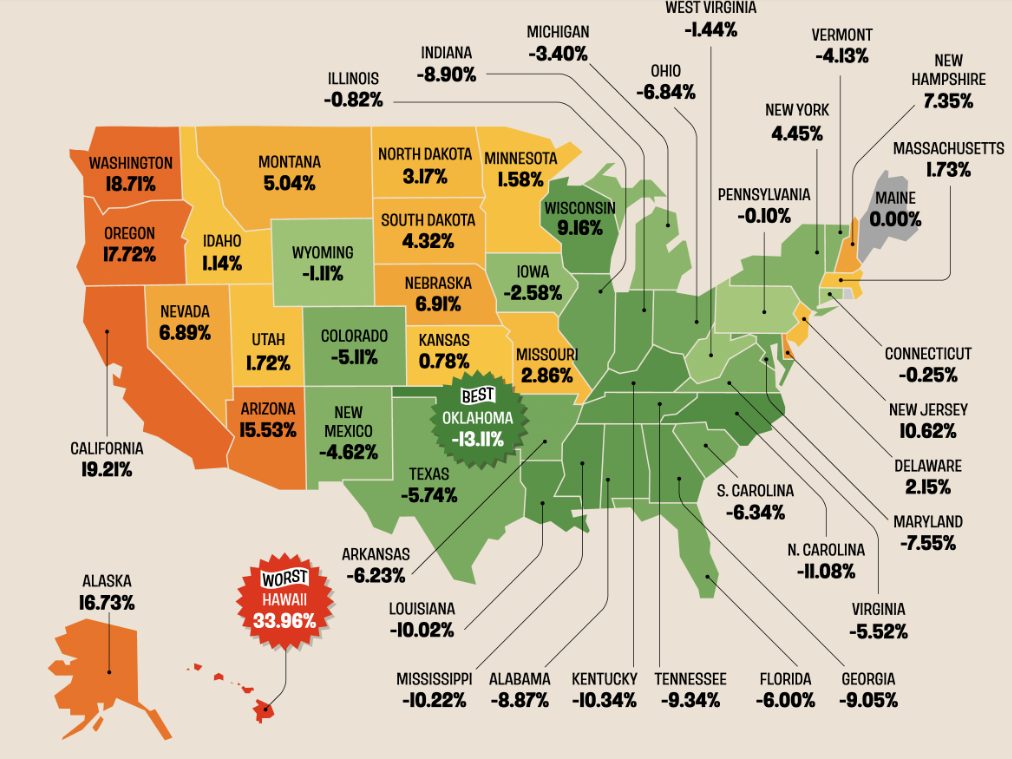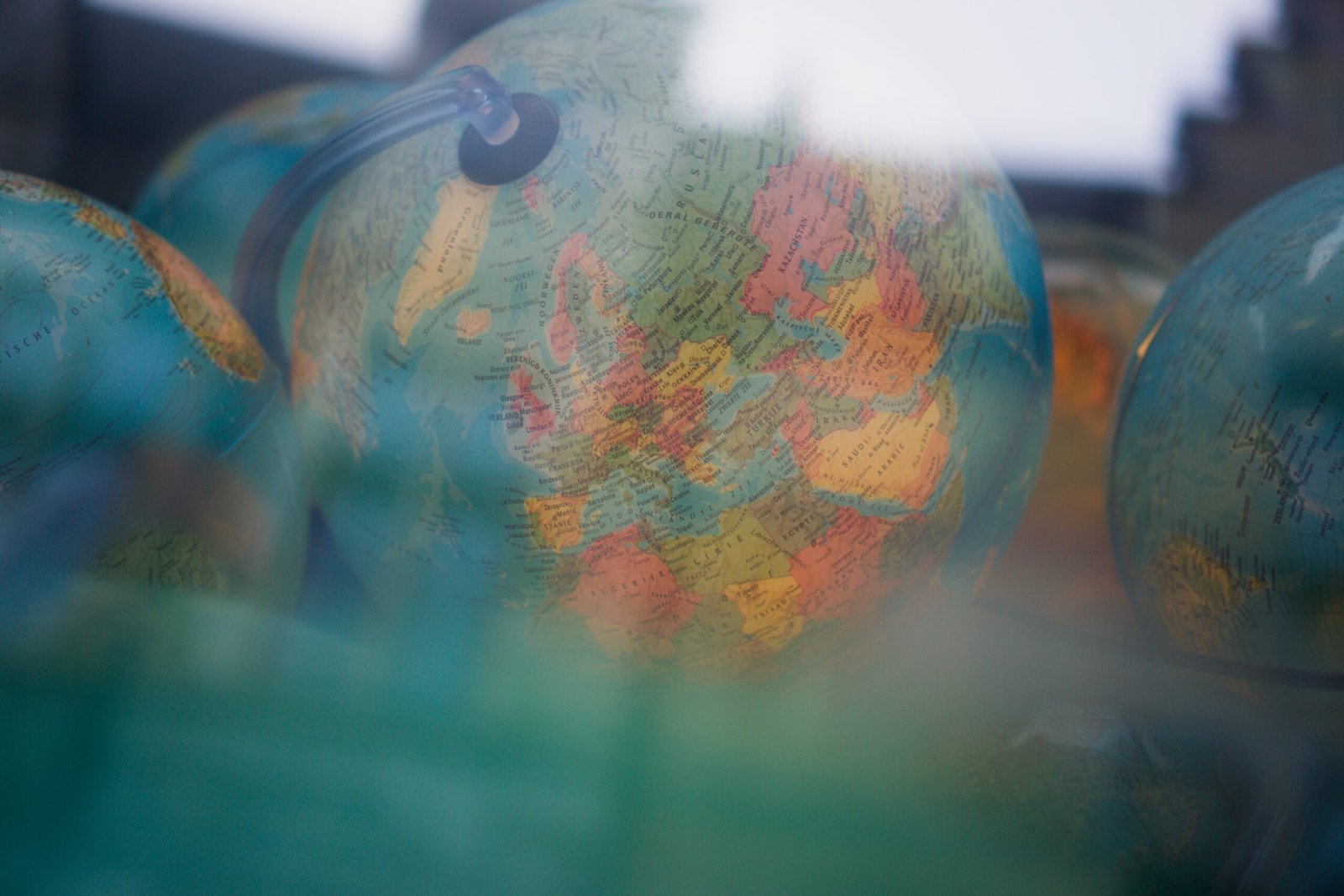Surging Hawaii Fast Food Prices Amplify Travel Costs
Hawaii travelers on a budget may be shocked to find that fast food here may not be a way to save money on your vacation. Those of us who have been to the Honolulu Airport are often shocked to see food prices for that Whopper. In fact, Burger King charges the most anywhere for their product in Hawaii. If you want to see just how the prices compare with other places, read on.
Burger King is among the fast-food joints you’ll find most ubiquitous through the islands. It hearkens back to Florida in 1954 and is popular here. You’ll find that it is the fast vendor of choice (along with Starbucks) at Hawaii airports, like Honolulu, which is in part why we mentioned it here. We’ve had the unfortunate pleasure of finding it to be the only thing open at HNL on Oahu. There, a family of four can easily expect to spend north of $100 for burgers.
Hawaii, being isolated geographically among other issues, gets the very worst deal on Burger King, with it costing 34% over the national average and 15% more than the second-most expensive state, California. In our experience, prices are far worse than the study indicates.
We were first reminded of this with a comment from Mark from San Francisco. He said, “Outrageous restaurant pricing! It’s unbelievable how dining out has gotten in Hawaii, even fast food is so much more than in San Francisco!” So this certainly impacts visitors as well as locals.
In fact, if you’re craving fast food and are somewhere other than Hawaii’s airports, you may find yourself doing better with a McDonald’s Hawaii sandwich. There interestingly, the most expensive Big Macs are actually at an eatery in Massachusetts, while overall, the highest Mcdonald’s prices will be found in Alaska, which is 24% higher than the national average. Hawaii, on the other hand, is just 10% higher than the national norm, making Alaska far worse in terms of prices than McDonald’s Hawaii.

What is going on with Hawaii’s fast food prices?
There are factors contributing to the high cost of fast food in Hawaii to be aware of. These include Hawaii’s geographic Isolation. Being in the mid-Pacific, ingredients come with significant transportation costs. Shipping items across vast distances increases expenses for suppliers, which are ultimately passed on to consumers.
In addition, there is no food production in Hawaii that supports fast food operations. Almost all fast food ingredients aren’t available to be sourced locally, resulting in expensive imports from the mainland. Not only that, but real estate used for fast food locations is scarce and expensive. Hawaii fast food chains contend with steep rent and other location specific costs, which ended up in the menu prices.
Moving further, the cost of labor in Hawaii is high, reflecting the high cost of living here. Fast food restaurants must pay their employees more, which contributes to higher operational expenses.
Hawaii tourism also drives fast food demand and cost.
It’s no surprise that Hawaii visitors often opt for fast food from the standpoint of convenience, familiarity, and arguably lower cost compared with alternatives. That demand leads to higher prices and increased demand.
Limited competition is another factor. Visitors help create a captive market for fast food operations. That provides more opportunity to set higher prices.
Look for quick bite flavors at Hawaii fast food chains.
If you decide to bite into that fast food meal, there will be some unique taste options to justify the higher prices. In the Aloha State, you’ll find Hawaii specialties, including rice, Spam Musubi, different egg dishes, soy sauce on the side, something with seaweed, and coconut pudding haupia pies. What about a McDonald’s Saimin?
You’ll have to decide if these are good plate lunch alternatives and better than Rainbow Drive-In, Teddy’s Bigger Burgers, Zippy’s, or a local family dinner spot.
What’s your experience with the cost of fast food in Hawaii?











